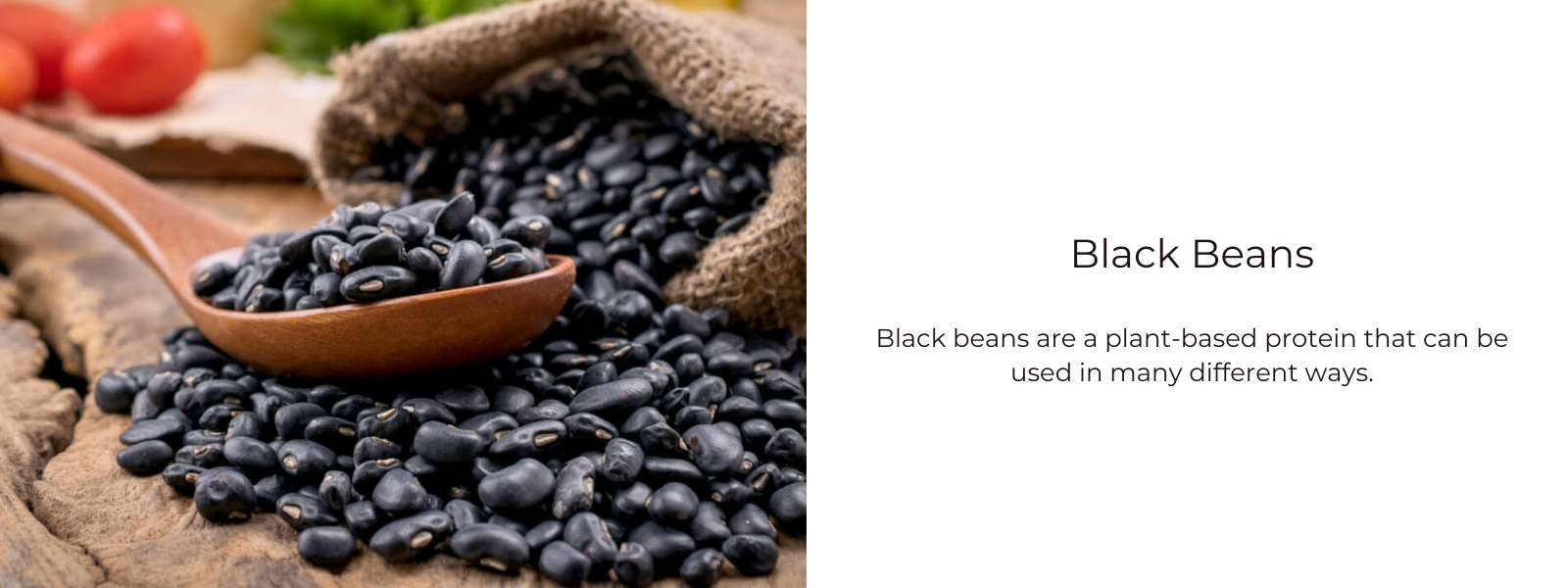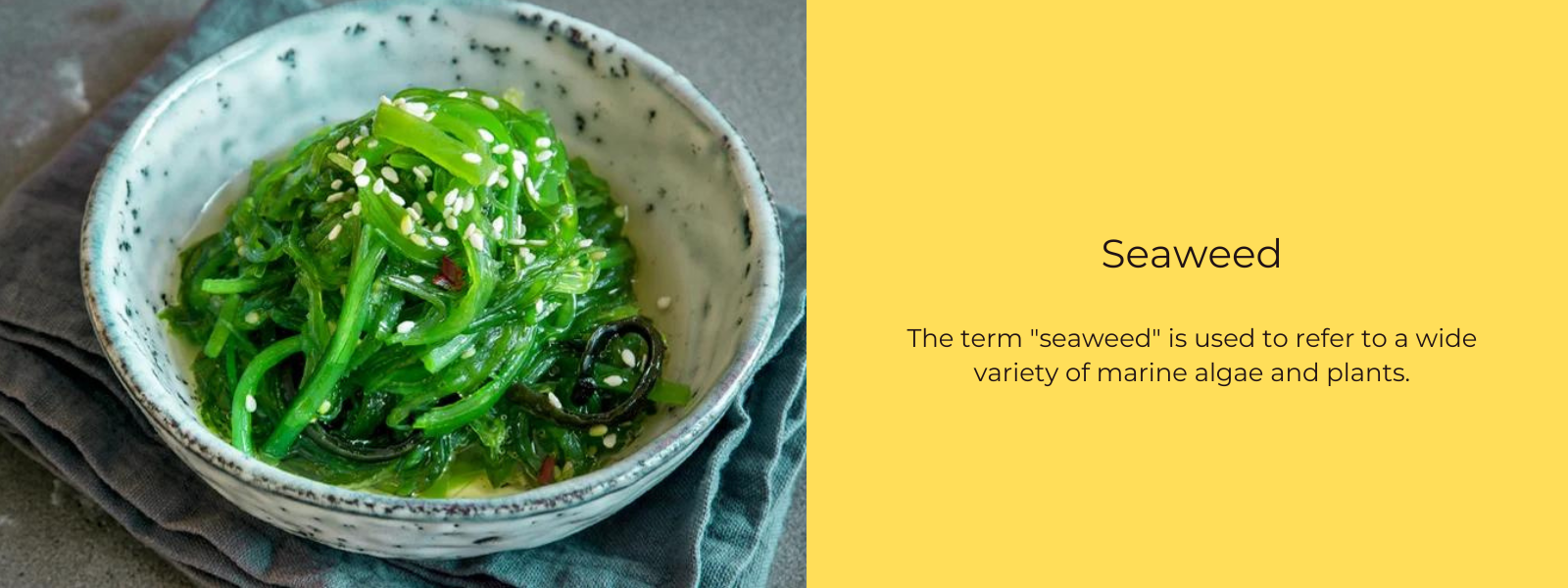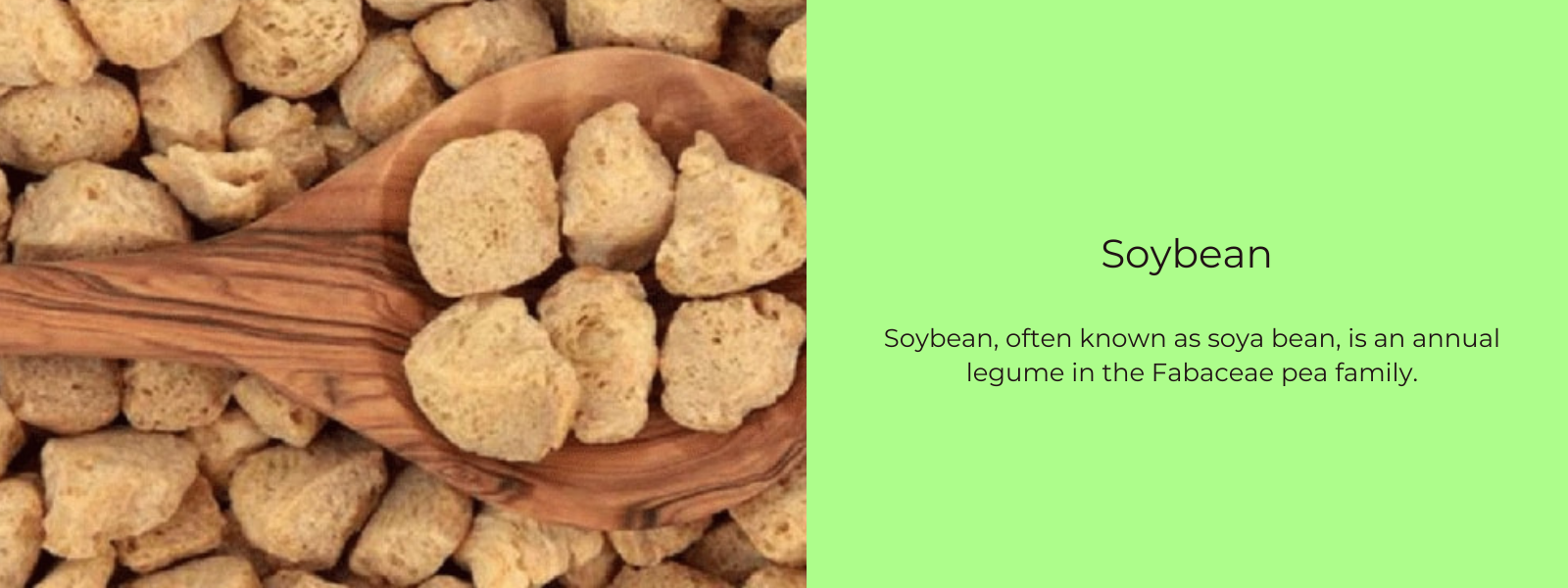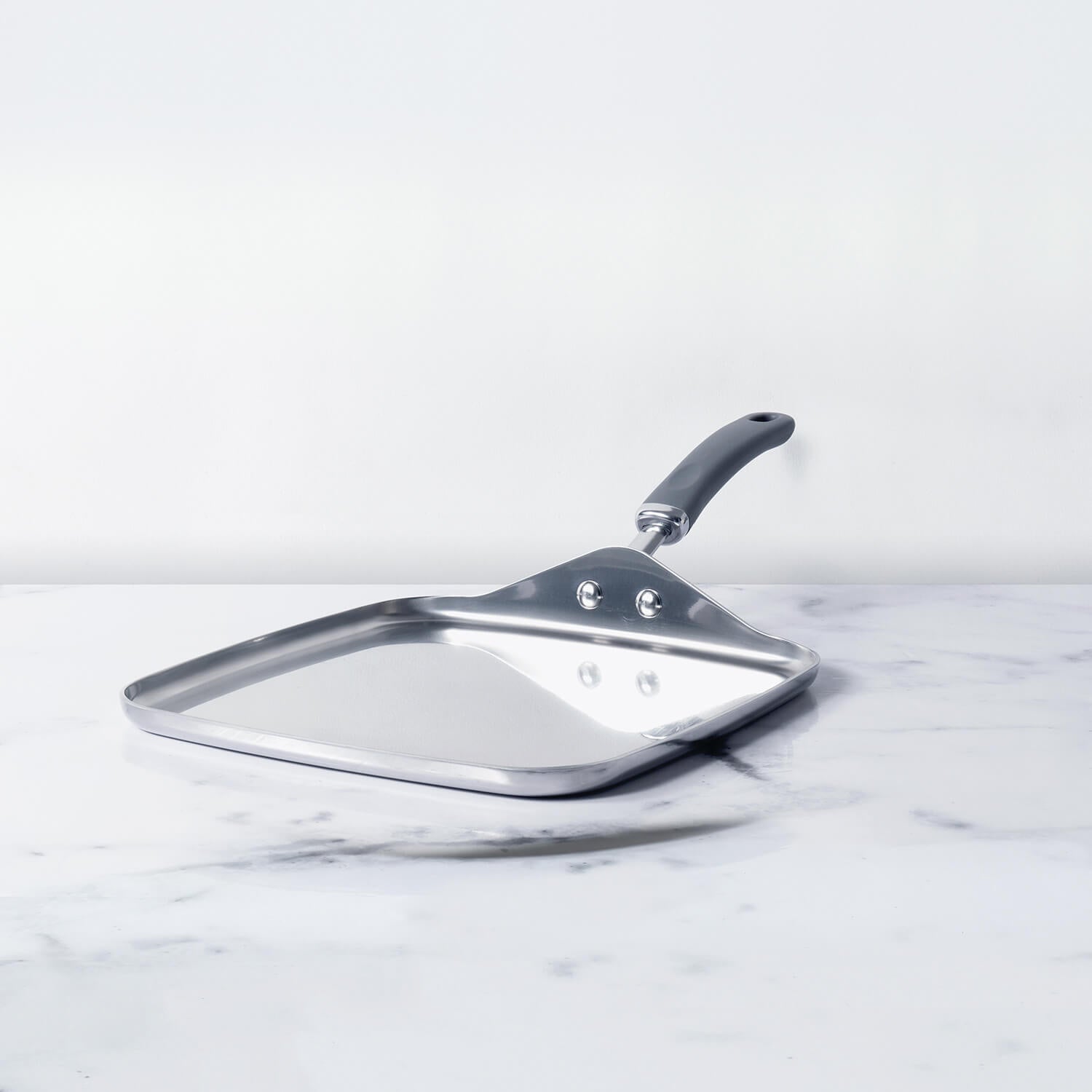Salmon is a fish that has a lot of nutrients and is very healthy. It has a lot of lean protein, vitamins A, B, and D, and omega-3 fatty acids. It also has a lot of cholesterol. Salmon is a great way to get omega-3 fatty acids that are good for your health. It helps treat nutritional deficits and is an important vitamin that is also a powerful antioxidant. Also, it is good for the cardiovascular system, brain, and eyes, among other parts of your body.
Table of Contents
Colour of salmon:
Most salmon is orange-red with a pinkish tint. But there are other things that are different. Like, the meat of wild salmon is white. Also, the taste and appearance change depending on the species, how it was grown, the time of year, and how it was cooked. But all types of salmon have a lot of fat and a rich, oily feel.
Types of salmon:
- King/Chinook
This fish really lives up to its name. It's the best fish you can get. King salmon, which is also called Chinook salmon, has a lot of fat and omega-3s.
King salmon can get as long as five feet and weigh more than 100 pounds (0.05 t). They have been seen everywhere, from the Pacific Seas of southern California to the icy rivers of northern Alaska.
- Red Sockeye
Sockeye salmon, which is sometimes called red salmon, is highly valued for its bright red-orange meat and strong smell. But it's meant to have a stronger taste, or what some might call a "fishier" taste.
They are much cheaper than Kings and are smaller and thinner. Sockeye salmon that has been smoked is a favourite among cooks all over the world. Their name comes from the deep red colour of their flesh and skin when they move upstream to spawn. Most of them come from the seas and oceans around Alaska and the North Pacific Ocean. Sockeye salmon has a lot of vitamins A, D, and E.
- Silver/Coho
The silver salmon, which is also called coho, gets its name from the shiny silver colour of its skin. Coho has a mild flavour and an amount of fat that is in the middle. But they don't have as good a reputation as the huge Kings and tasty Sockeyes.
Because they are so small, cohos are useful when cooking a whole salmon. Cohos taste a lot like Kings, but they are more delicate in texture. The seas around Alaska and the rest of the northern Pacific are full of them. They are a great source of vitamins B6, B12, and D.
- Pink/Humpback
People call this salmon pink, humpback, or even "humpies" because of the large hump on its back that forms when it spawns and its light-colored meat. They have a mild taste, aren't too big, and don't have much fat. On average, they weigh among two and six pounds.
- Chum/Silverbrite
This fish is light to medium in colour, and it is smaller and has less fat. Its meat is often sold in cans or frozen blocks.
It does have one big benefit, though, and that is its roe. The ovaries of a female fish hold the fish eggs that make up roe. In many cuisines, it is seen as an expensive treat. Most of the time, chum's roe is bigger and tastes better than other kinds of salmon roe. It is used to make Ikura, which is salmon caviar.
- Atlantic/Salmon Salar
Lastly, the only salmon that doesn't come from the Pacific Ocean is the Atlantic salmon. All Atlantic salmon that is sold publicly comes from farms. This is because there are only a few endangered salmon populations in the wild. Also, because of the way they eat, Atlantic salmon tend to be bigger and have a milder taste.
But fishers have switched to eating more plants, which has made fish farming better and more sustainable. The price of Atlantic salmon is also lower than the price of most wild salmon.
No matter what kind of salmon you eat, there are many good things about it. All of them are healthy on their own.
Nutritional profile of salmon:
Salmon has no protein and zero sugar. These nutritional benefits might be different for different types of salmon. But all of the species have a lot of nutrients, which makes them a healthy pick.
Salmon is high in protein and has no carbs. Salmon can have up to 21.9g of fish protein that is good for your health in a big way. But farm-raised salmon has more fat and more saturated fat than wild salmon, which has leaner fat.
Salmon gives vitamin A and numerous B-vitamins. Salmon is also one of the few natural dietary sources of vitamin D, especially wild salmon.
Salmon has bones that you can eat, which makes it a good source of calcium and minerals. Magnesium, zinc, potassium, and selenium are all examples of these minerals.
Health benefits of salmon:
1. Helps keep the heart healthy
Salmon is known as a superfood for the health of your heart. Omega-3 fatty acids, antioxidants, and important vitamins help reduce cholesterol levels and blood pressure, which lowers the risk of heart conditions like heart attacks and arrhythmias. Salmon is also good for your heart because it stops free radicals from damaging cells.
2. Repairs cells
Salmon is a great source of proteins and important nutrients that help mend skin, bone, muscle, and blood cells. Vitamin B complexes help lower inflammation, keep hormones in balance, and support the health of many metabolic processes, such as making energy from a meal and DNA.
3. Helps keep the brain healthy
High levels of DHA, vitamins A and D, and selenium, which are all good for the health and performance of the brain. Supplements with these chemicals are often used for the treatment of attention deficit hyperactivity disorder (ADHD) in kids as well as mental illnesses like Alzheimer's and Parkinson's disease in adults. When salmon is eaten by a pregnant woman, it also helps the baby's brain grow.
4. Lessens soreness in the joints
Salmon has a functional peptide called calcitonin that stabilises and controls how collagen is made in the cartilage around the joints. Omega-3 fatty acids also help people with osteoarthritis reduce inflammation in their joints.
5. Antioxidant abilities
The antioxidant and anti-inflammatory qualities of astaxanthin are found in salmon. It keeps cells from getting damaged by oxidation and makes the cells of important organs work better. Astaxanthin also boosts the immune system and lowers the risk of illnesses that damage nerve cells.
6. Anti-cancer abilities
Cancer cells can be killed by omega-3 fatty acids, which has been proven. Omega-3 fatty acids can help avoid and treat cancers like colorectal, prostate, and liver cancer.
7. Helps your eyesight
Salmon has a lot of vitamin A and omega-3 fatty acids, which are good for your eyes and can help avoid problems like dry eye syndrome as well as age-related macular degeneration.
8. Helps keep skin healthy
Vitamin A and omega-3 fatty acids make skin healthier by making it less likely that free radicals will damage cells. This keeps the skin from getting old too quickly.
9. Keeps the thyroid working
Salmon has a good amount of selenium, which protects cells from harm caused by free radicals throughout the production of thyroid hormone and helps the thyroid work well.
10. Helps you lose weight
Salmon is high in protein and low in calories, and it gives the body all of the nutrients it needs. It also doesn't make you gain weight because it is low in fatty fats.
How to prepare salmon for cooking?
Most recipes call for a cross-cut piece from the thicker portion of a side of salmon. The tip at the end of the tail is thin but gets thicker as it gets closest to the end. This can make it hard to cook it the same way all over.
If the rear end is the only choice, there are two ways to handle it. First, you can cut off the thin, tapered end prior to cooking and cook it one at a time, or you can use a stick to tuck the tapered tip under itself to make a double layer that cooks more evenly.
Also, know that salmon fillets have small pin bones running down the middle. Ask the fishmonger to take them off for you if you're buying at the fish store.
You can also use cooking tweezers to take the bones out of your fish. Place the salmon with the skin side down on a chopping board and run your hand slowly along the surface down towards the centre of the fillet to find the pin bones. Using tweezers, pull them out in the direction that the bone is going.
Side-effects of salmon:
Even though omega-3s are good for your health, taking them in large amounts, like in supplements, can make it hard for you to stop bleeding if you are also taking anticoagulant drugs. So make sure you don't break any of the rules above.











Leave a comment